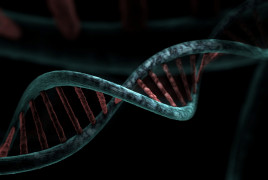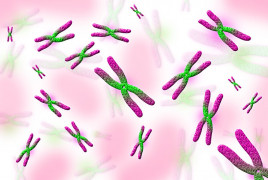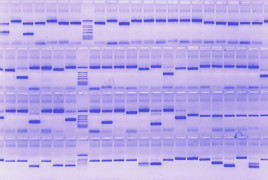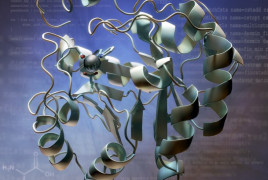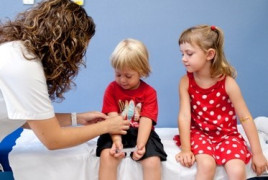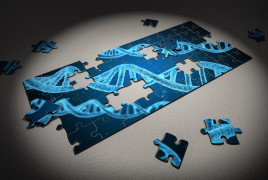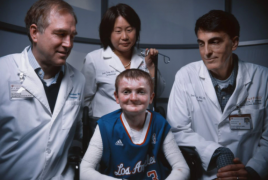Gene therapy for congenital muscular dystrophy tested for the first time in patients' cells
Within neuromuscular diseases, there is a broad group of low prevalence disorders known as congenital muscular dystrophies, which shown both clinical and genetic diversity. Symptoms usually appear atShare4Rare and CIBERER join forces to identify patients with rare diseases
CIBERER and Share4Rare have established a collaboration agreement to boost rare disease research. As a secure digital platform open to patients and caregivers from all over the world, Share4RareToxic agents, radiation and microbes: non-genetic factors that can cause a rare disease
Approximately 80% of rare diseases have a genetic origin and are present at birth. However, rare diseases are not always caused by a de novo mutation —occurred spontaneously during reproductive cellWe speak with Gonzalo Bermejo, president of SYNGAP-1 Spain
Gonzalo Bermejo’s daughter Carlota was diagnosed with SYNGAP-1 syndrome almost 4 years ago. She was 11 at the time. "The Spanish West Syndrome Foundation payed for our genetic test and the resultsNew experimental therapy for patients with recessive dystrophic epidermolysis bullosa proves successful
A new experimental therapy has been successfully tested in 9 people with recessive dystrophic epidermolysis bullosa. The study, led by Standford University (USA), has been published in Nature and

